Introduction:
In the realm of traditional Chinese medicine (TCM), Sanqi, also known as Panax notoginseng, holds a prestigious position due to its myriad health benefits. This herbal remedy is revered for its ability to promote blood circulation, alleviate pain, and even aid in wound healing. Often consumed in powdered form, Sanqi powder is a staple in many households who swear by its medicinal properties. However, like any natural product, Sanqi powder is susceptible to changes over time, particularly in terms of its color and texture. One common question that arises among users is whether Sanqi powder, which has turned yellow after being stored for an extended period, is still safe for consumption. This article delves into the intricacies of Sanqi powder’s shelf life, the reasons behind its discoloration, and the safety implications of consuming yellowed Sanqi powder.

Understanding Sanqi Powder:
Sanqi, scientifically classified as Panax notoginseng, belongs to the Araliaceae family, which also includes ginseng. Native to southwestern China, particularly in Yunnan province, this perennial herb is cultivated for its roots, which are processed into a fine powder. Sanqi powder is rich in active compounds such as saponins, polysaccharides, flavonoids, and volatile oils, all contributing to its medicinal properties. It is traditionally used to treat conditions ranging from cardiovascular diseases to external injuries, making it a versatile addition to one’s health regimen.
The Importance of Proper Storage:
To maximize the efficacy and shelf life of Sanqi powder, proper storage conditions are paramount. Ideally, Sanqi powder should be kept in a cool, dry place away from direct sunlight and moisture. High temperatures and humidity can accelerate the degradation of its active ingredients, leading to a loss of potency and potential discoloration. Airtight containers made of glass or stainless steel are recommended to prevent contamination and maintain freshness.
Discoloration: A Natural Phenomenon
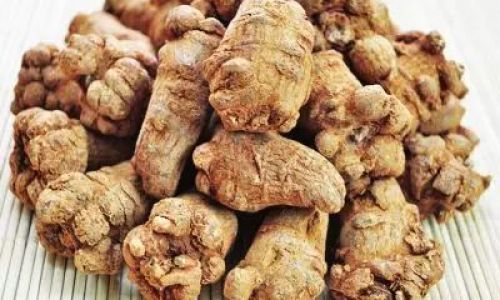
Over time, even the best-stored Sanqi powder may undergo subtle changes, with discoloration being one of the most noticeable. Freshly processed Sanqi powder typically has a distinct reddish-brown hue, reminiscent of its root origin. However, exposure to oxygen, light, and temperature fluctuations can gradually cause the powder to turn a lighter shade of yellow or even fade completely. This discoloration is primarily due to the oxidation of its natural compounds, a chemical process that occurs in many organic materials over time.
Is Yellowed Sanqi Powder Safe to Consume?
The question of safety revolves around several factors, including the degree of discoloration, storage conditions, and the presence of any unpleasant odors or molds. Here’s a comprehensive breakdown:
-
Degree of Discoloration: Mild yellowing, especially if the powder still retains some of its original reddish-brown tone, may indicate minimal degradation. In such cases, the powder might still retain some of its medicinal properties, albeit in reduced form. However, if the powder has turned a deep yellow or completely lost its original color, it’s a sign of significant degradation, and its consumption should be reconsidered.
-
Storage Conditions: If the powder was stored improperly, such as in a humid or warm environment, the risk of microbial contamination increases. Mold, mildew, or an unpleasant odor are clear signs of spoilage and should prompt immediate disposal. Even if there are no visible signs of mold, prolonged exposure to unfavorable conditions can compromise the powder’s safety and efficacy.
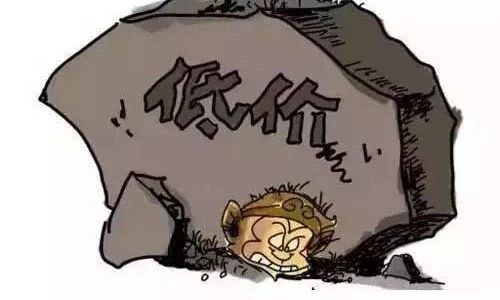
-
Presence of Off-Odors: Sanqi powder has a distinct, earthy aroma. If the powder develops a musty, moldy, or otherwise unpleasant smell, it’s a clear indication that it has spoiled and should not be consumed.
-
Expiration Date: While traditional herbs like Sanqi don’t always come with an expiration date, it’s prudent to keep track of how long the powder has been stored. Generally, if stored optimally, Sanqi powder can retain its quality for up to two years. Beyond this period, its potency and safety may be compromised.
Potential Health Risks:
Consuming degraded or spoiled Sanqi powder can pose several health risks. The active compounds that make Sanqi powder beneficial may have degraded to ineffective or even harmful substances. Furthermore, microbial contamination can lead to food poisoning symptoms such as nausea, vomiting, diarrhea, and abdominal pain. In extreme cases, prolonged exposure to contaminated herbs could lead to more serious health issues, including liver damage or allergic reactions.
Best Practices for Extending Shelf Life:
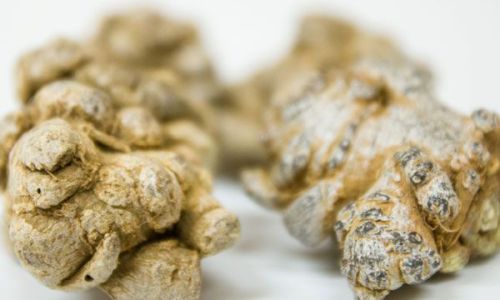
To ensure that your Sanqi powder retains its quality and safety for as long as possible, follow these best practices:
- Store in an Airtight Container: Use a glass or stainless steel jar with a tight-fitting lid to prevent air and moisture from entering.
- Keep in a Cool, Dry Place: Avoid storing the powder in warm or humid environments, as this accelerates degradation.
- Avoid Direct Sunlight: Sunlight can degrade the active compounds in Sanqi powder, so keep it away from windows or any source of direct light.
- Check Regularly: Periodically inspect the powder for signs of discoloration, odors, or mold. If any concerns arise, discard the powder immediately.
- Buy in Small Quantities: Purchasing smaller amounts of Sanqi powder allows for more frequent turnover, reducing the likelihood of long-term storage and degradation.
Conclusion:
In summary, while mild yellowing of Sanqi powder may not necessarily render it unsafe for consumption, it does indicate a decline in its medicinal properties. More significant discoloration, coupled with unpleasant odors or improper storage conditions, are clear signs that the powder has spoiled and should be discarded. By adhering to proper storage practices and regularly inspecting the powder, you can maximize its shelf life and ensure that you’re consuming a safe, effective product. Remember, the key to harnessing the full benefits of Sanqi powder lies in its freshness and proper handling, making it a valuable addition to your health and wellness journey.
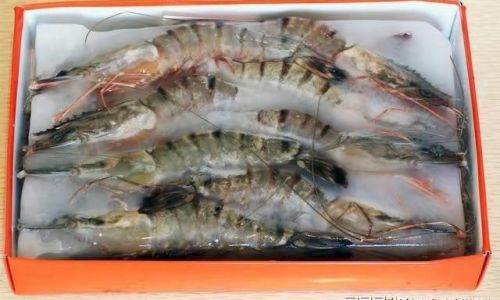
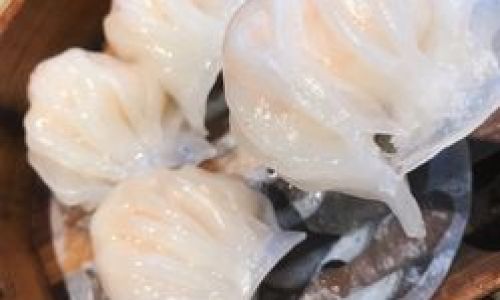
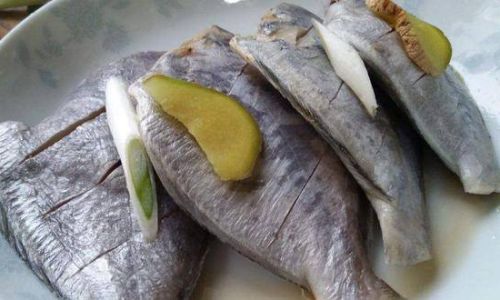
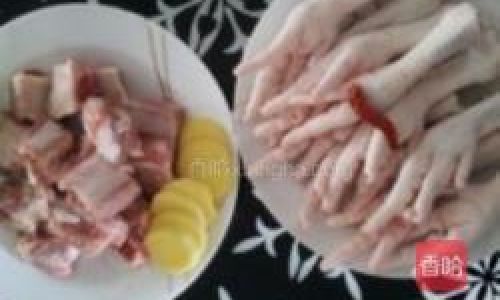

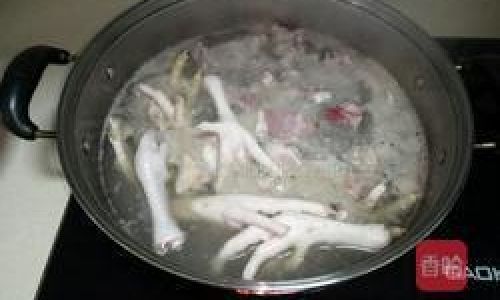
0 comments